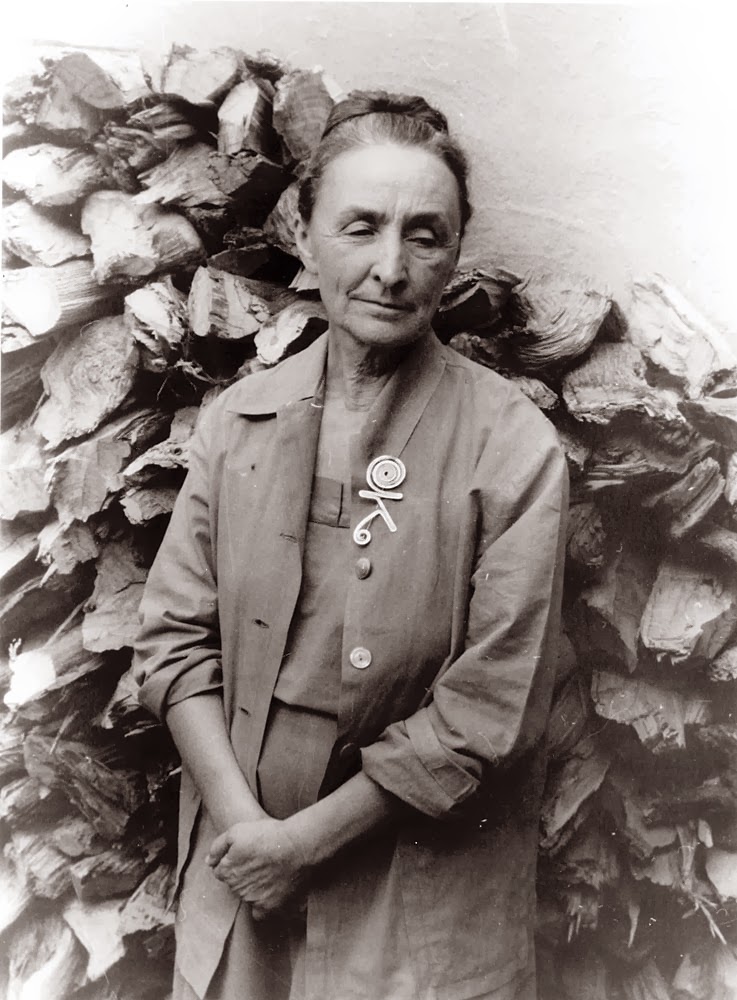The words and images of the dreams are usually thematic
examples of whatever is preoccupying me.
It can be something as simple as how to say "Happy New Year"
in Mandarin, some odd factoid of astrophysics, or a tattoo I've been thinking
about. I know I am in trouble when
I have tattoo dreams because they aren't going to go away anytime soon. And they can be of anything.
 |
| This photo was one of the first cover images to grab my attention. Zombie Boy was featured in Rebel Ink. |
Quotes, song lyrics, Marvel comic heroes and (let's not
forget) serpents animate the tattoos.
My recent favourite is vigorous scroll-work by John Pinsent that I saw
"growing" up someone's arm.
It reminds me of the Book of Kells illustrated manuscript and sure
enough when I asked the owner, he showed me the other arm with a modest-sized
Celtic knot and his daughter's name.
In my mind, I classify this as Celtic tribal. For some reason, most of the really good tribal work that I
see here in St. John's seems to come from either Montreal or Singapore, with two
notable exceptions.
I also dream exhibitions. There is a dream version of my More Than Skin Deep
exhibition. In St. John's, it is
at The Rooms and I have persuaded all my newfound biker friends to circle the
building with their Harley's and custom built beasts. This I recognize is a reworking of the funeral scene in
Until I Find You.
In Ontario, it the show is at The Burlington Art Centre and
we have skateboarder dudes and dudettes performing amazing stunts. But at Montreal, it is at a swanky
photography gallery and we have nude models tastefully strutting their
ink. Zombie boy is our celebrity
guest and the DJ, David-A, does our music. I am seriously going bananas.
There are days that I have joked that I should have a sign
on my door saying, "no tattooed men need apply" because of the odd
things that happen on my front lawn and at the convenience store. The other joke is that I have become
TattoosRUs because I have become a magnet it seems for tattooed related images
and artifacts. Friends offer to
photograph tattoos on their vacation to Bora Bora; a friendly curator from
Maine (whom I meet in New Brunswick) tells me about her historical collection
of flash art. Don't get me started on the
delightfully odd things that complete strangers say to me …and, they even know my name.












